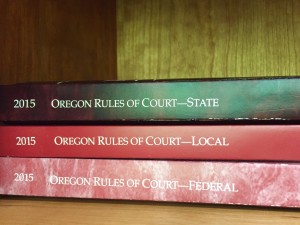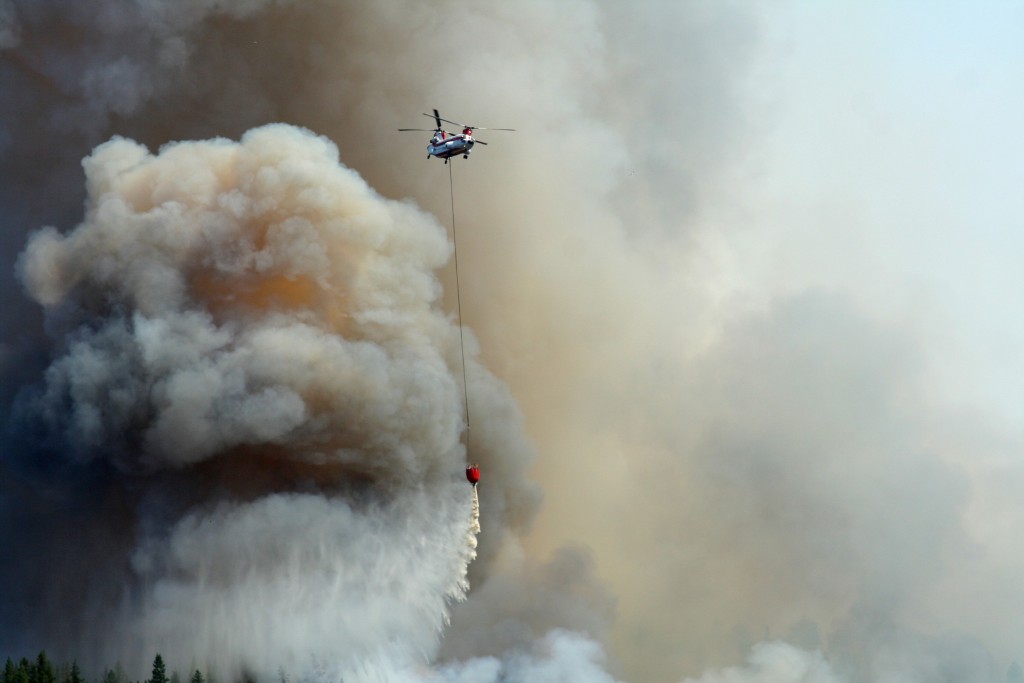Helicopter Air Medical Operations Accidents are relatively high when compared to 14 C.F.R.§ 121 (Part 121) accidents. According to the NTSB, which is charged with investigating every aviation accident in the United States and many abroad, there were no fatalities in any Part 121 accidents in 2010. This despite some 17.5 million flight hours. Of those Part 121 accidents, the most common defining event, accounting for 26% of such accidents in 2010, was a turbulence encounter. The remaining defining events for Part 121 accidents in 2010, just as they generally have been for the last 10 years, involved ground collisions, ground handling, runway incursion, cabin safety, system failure, and bird strikes etc., many or most of which are ground events. Less than half of Part 121 accidents happened en route, although a significant number occurred during takeoff or landing.
Part 121 flights, as opposed to HEMS flights under Part 135 or Part 91, have distinctly different flight altitudes, flight durations, weather events, cruise speeds, air frame, and power plant configurations and thrust capacities. No one, including the NTSB, suggests that the high number of turbulence-related incidents involved in Part 121 operations should also characterize helicopter flight generally, particularly Helicopter Emergency Services (“HEMS”) flight. There is no evidence that turbulence, as understood in the context of Part 121 statistical treatment of accidents, has played any significant causal role in the relatively high number of HEMS mishaps, whether they resulted in injuries/fatalities or not. Given the incredibly low statistical number of injury/fatality mishaps in Part 121 operations compared to the high incidences of injury/fatality HEMS mishaps, what, if any, conclusions can be drawn?
Air medical operations are conducted under both Part 135 and Part 91, depending on whether patients are being carried on board the aircraft. HEMS missions en route to pick up patients or organs, or to reposition aircraft after accomplishing patient transport operations, are generally conducted under Part 91. Trips transporting patients or organs to medical facilities are conducted under Part 135. Some air medical helicopter operations, particularly for emergency medical services, are conducted by state or local government entities as public use flights, whether patients are on board or not.
Although fixed-wing aircraft are also used for Part 91 and Part 135 medical missions, there were only 10 fixed wing fatalities in air medical operations during the entire decade between 2000 and 2009.
A Statistical Overview of HEMS Accident Frequency and Type
HEMS accounted for about 80 percent of all air medical accidents during the ten-year period 2001-2010. Against this backdrop, we examine HEMS accidents, of which there were 13 in 2010 alone, seven of them fatal, according to a 2012 NTSB report. Six of the seven HEMS fatalities in 2010 involved operations under Part 91. From 2000 through 2010 (the most recent year NTSB statistics are available), 33 percent of HEMS accidents were fatal. Most HEMS accidents occurred during airborne phases of flight, and during 2010, all HEMS fatalities occurred during airborne phases of flight.
Obviously, this is explained in part by the fact that unlike fixed-wing air medical operations, HEMS flights generally do not operate out of established aerodromes. Instead, they operate out of off-airport locations where patients are in need of timely, critical care. According to a 2011 NTSB report, in every year except 2007, the number of Part 91 air medical helicopter accidents without patients aboard have been significantly higher than in any other category of air medical flying.
It may be useful to break down the 31 accidents involving thirty-two helicopters in air medical operations between 2007-2009. Eighteen were being operated under Part 91, thirteen were conducted under Part 135, and one was conducted as a public use flight. Eleven of the accidents, involving twelve helicopters, were fatal. Collision with objects on takeoff or landing accounted for 7 of the 31 accidents, but no fatalities.
On the other hand, four of the five controlled flight into terrain accidents were fatal, including the crash of the Maryland State Police public use flight carrying accident victims on approach to Andrews Air Force Base. Two of the three loss of control in-flight accidents were fatal, as were two of the three unintended flights into instrument meteorological conditions accidents. The midair collision between two HEMS helicopters conducting Part 135 operations in Flagstaff, Arizona, in June 2008 was also fatal to everyone on board. The other two fatalities involving a non-power plant system were coded as “other”, according to a 2011 NTSB report.
What Are The Typical Causes
In any aviation operation, pilot training, experience, and judgment are some of the most important factors in safe flight. With helicopter operations generally, and particularly HEMS operations, those factors are even more critical because of the conditions they fly in, such as bad weather, night flying, or flying in rural areas where wires or other low strike points may not be lighted or marked, and air-traffic may be uncontrolled. HEMS operations also face an unparalleled need for speed to save lives. Review of individual NTSB probable cause reports, NTSB factual data, and other aviation industry data would tend to suggest that helicopter accidents and resulting serious injuries and fatalities are most often the consequence of a number of factors, including loss of control, visibility issues, wire strikes, system component failure, or post-impact fire.
Although some of these issues pose dangers during Part 121 operations, they simply do not pose the same risks, largely due to obvious differences in the nature of the aviation operation, the equipment, altitude, avionics, take-off and landings from tightly controlled air-space, and the use of aerodromes. In addition, HEMS operations often involve situations in which minutes may literally save life and limb, prompting hurried behavior. While that is not to suggest that HEMS pilots are not some of the best helicopter pilots flying, they do face particular challenges, to which Part 121 pilots or even fixed-wing air medical operations pilots are less exposed.
There are also tremendous variations in helicopter air medical pilot training. From 2007-2009, for example, NTSB data suggest that the accident helicopter pilots’ median age was 54, ranging from 35 to 69. Median total flight hours were 7,125 with a range from 2,685 to 18,000. The median time in the type of accident helicopter was 375 hours, ranging from 11 to 4,241. NTSB statistics from 2011 suggest that such variations in flight time and the corollary impact on experience and judgment may be significant factors in the number of crashes. HEMS operations more often than not must use unimproved landing sites at accident scenes and helipads and hospitals or medical facilities. Loss of control in flight was the most common event for both fatal and non-fatal helicopter crashes, followed by collisions on takeoff or landing and system component failure of the power plant.
Even though HEMS pilots may have thousands of flight hours and are unquestionably some of the best helicopter pilots in the world, owners and operators of HEMS facilities should continuously examine and emphasize the consistent causes of HEMS crashes and adapt training programs to focus on those causes.
Olson Brooksby has an active aviation accident and aviation component product liability defense practice. For more information, please contact our office.




